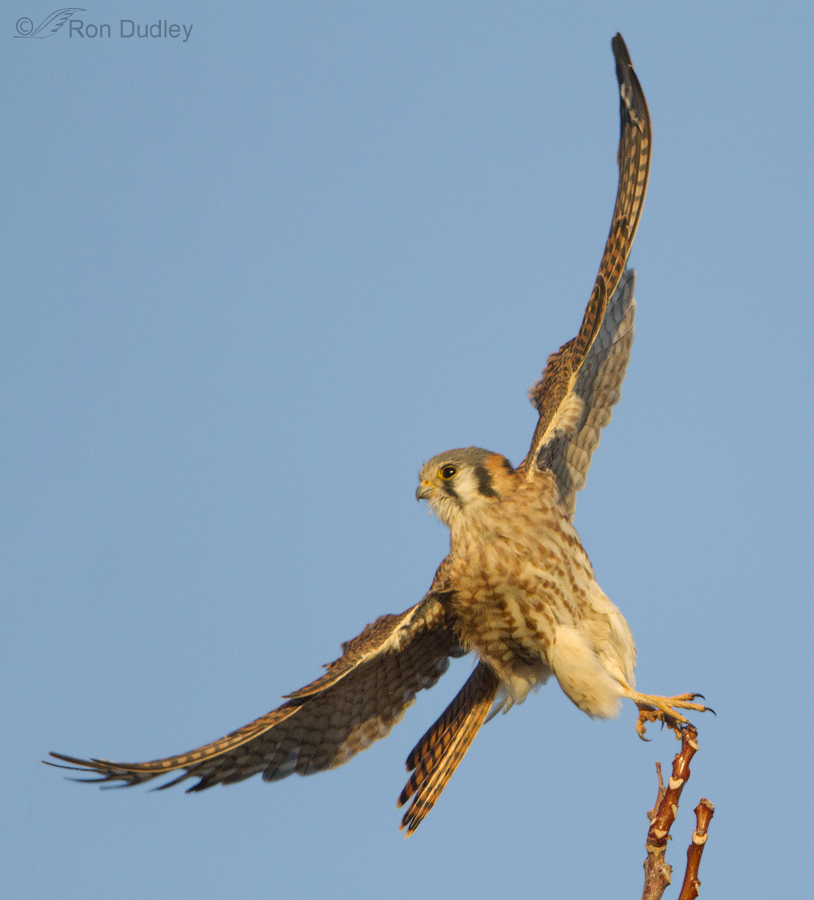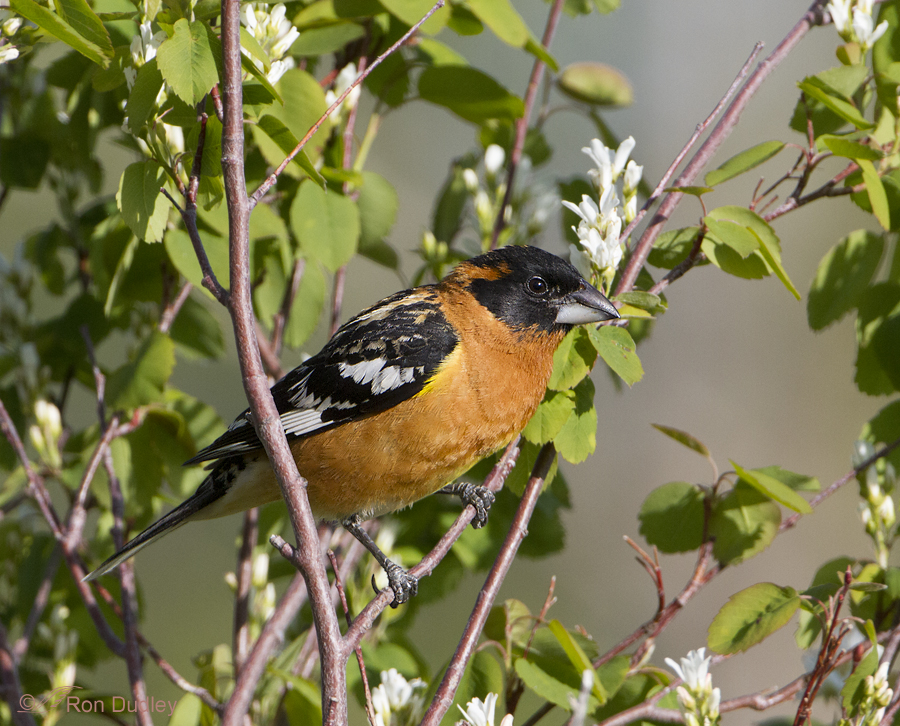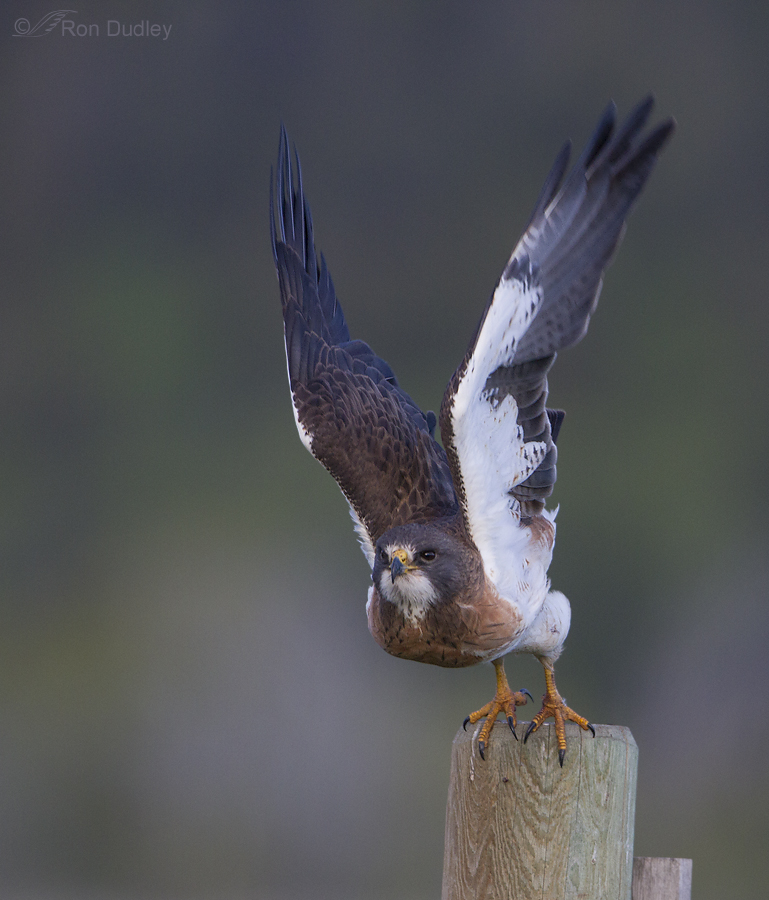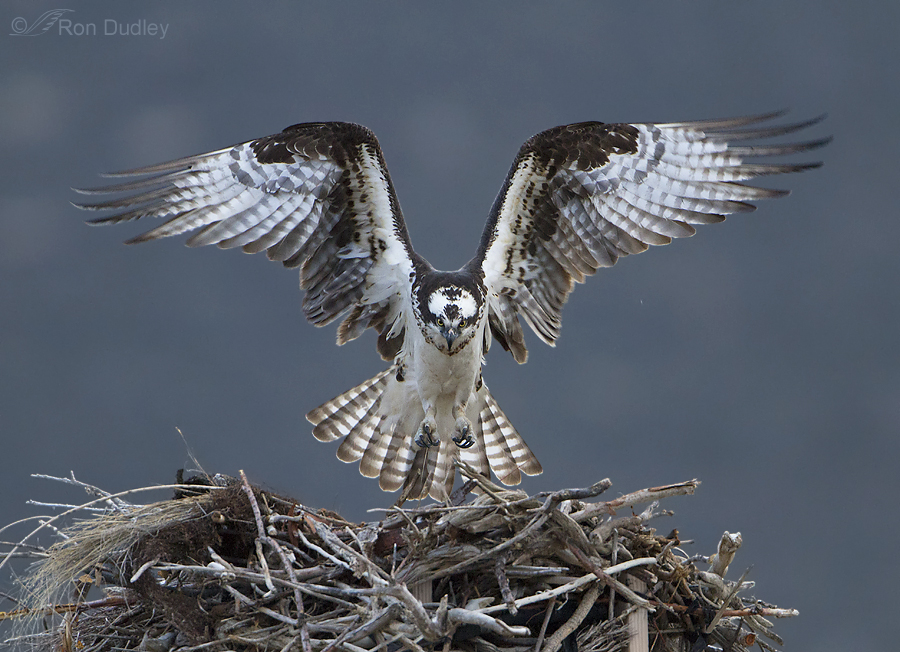Female Kestrel – A Twisting, Turning Take-off

Occasionally during take-off an American Kestrel will put on a show of its considerable acrobatic skills but it happens so fast with these little falcons that many of us don’t really appreciate the coordination and skill involved. Yesterday morning I got one shot that I think demonstrates it pretty well.




